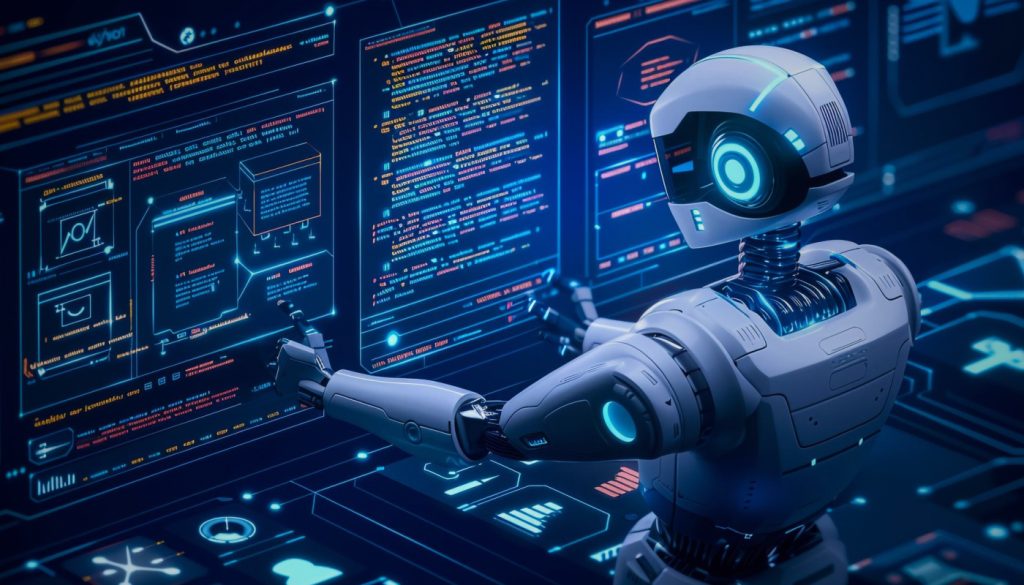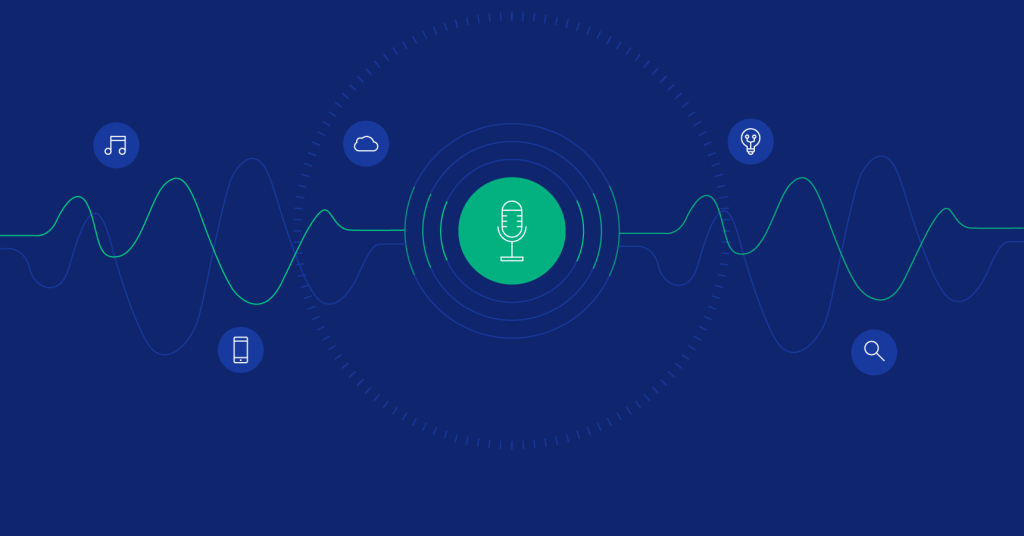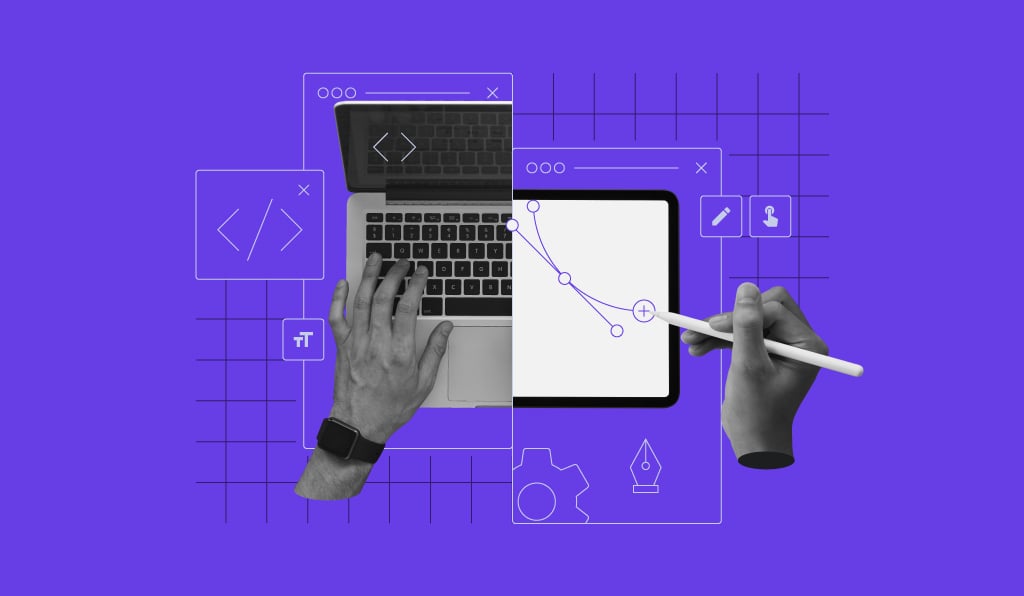The world of web development is constantly evolving, and as we step into 2025, the pace of change has never been faster. Technologies that were once considered cutting-edge are now standard, and new innovations continue to redefine how websites are designed, built, and experienced.
From artificial intelligence (AI) integration to immersive 3D experiences, the web is becoming smarter, faster, and more interactive.
Let’s dive into the most significant web development trends to watch in 2025 and how they are shaping the digital future.
1. AI-Driven Development

Artificial Intelligence has already made its mark across industries, and web development is no exception. In 2025, AI will play an even greater role in automating coding tasks, generating personalized content, and enhancing user experiences.
AI-powered tools can now write functional code, test software, and even suggest UI/UX improvements based on user data. Web developers are increasingly using AI to create smarter websites that learn from user behavior and adapt in real-time.
For example, websites can adjust layouts, recommend products, or modify visuals based on how users interact with them. This level of personalization ensures better engagement and conversion rates.
2. Progressive Web Apps (PWAs)
Progressive Web Apps continue to rise in popularity thanks to their ability to combine the best of web and mobile experiences. PWAs offer app-like functionality — including offline access, push notifications, and fast loading times — without requiring a traditional app store download.
In 2025, businesses are doubling down on PWAs because they are cost-effective, lightweight, and compatible across multiple devices.
With improved service workers and better caching techniques, PWAs are becoming nearly indistinguishable from native mobile apps in terms of performance and responsiveness.
3. WebAssembly and High-Performance Web Apps
WebAssembly (Wasm) has been a game-changer for web developers looking to build high-performance applications directly in the browser. By allowing code written in languages like C++, Rust, and Go to run at near-native speed, WebAssembly is redefining what’s possible on the web.
In 2025, we’ll see WebAssembly being widely used for gaming, video editing, 3D modeling, and complex simulations — all within the browser. This eliminates the need for heavy desktop software, opening up endless possibilities for interactive and high-performance web apps.
4. Motion UI and Microinteractions
The visual appeal of websites is becoming more dynamic and engaging through Motion UI and microinteractions. In 2025, motion design is not just about aesthetics; it’s about improving usability. Subtle animations guide users, indicate actions, and create smooth transitions between pages.
From animated buttons to hover effects and loading indicators, microinteractions help websites feel more intuitive and responsive. Developers are also adopting lightweight animation libraries to keep performance in check while enhancing visual storytelling.
5. Voice User Interd Privacy-First Development

With rising cyber threats and data breaches, web security has become a top priority. In 2025, developers are implementing privacy-first practices from the ground up — including advanced encryption, biometric authentication, and zero-trust frameworks.
Secure coding standards, multi-factor authentication, and AI-based threat detection systems are now integral to the web development process. Businesses that prioritize user privacy are also gaining more trust, which is becoming a critical factor for online success.
According to Whatsontech, developers are increasingly focusing on building websites that balance innovation with user safety. As privacy regulations tighten globally, ethical coding and transparent data handling will become non-negotiable in web projects.
7. Low-Code and No-Code Platforms
Low-code and no-code platforms are democratizing web development by enabling non-developers to create websites and applications without writing complex code. In 2025, these platforms are expected to become even more powerful and accessible, allowing businesses to prototype and deploy solutions rapidly.
This trend doesn’t mean professional developers are becoming obsolete — instead, it allows them to focus on more complex, customized aspects of web design and backend functionality while routine tasks get automated.
8. 3D Elements and Immersive Experiences
With advancements in WebGL and WebGPU, 3D elements are making websites more immersive and visually compelling. From interactive product displays to 3D storytelling, the modern web is becoming a playground for creativity.
In 2025, businesses are using 3D and AR-powered interfaces to showcase products and engage customers like never before. These immersive experiences are especially beneficial for e-commerce, architecture, and gaming industries.
Conclusion
The web development landscape in 2025 is all about intelligence, speed, and experience. Technologies like AI, Web Assembly, and PWAs are setting new standards, while design trends such as Motion UI and immersive 3D visuals redefine engagement.


